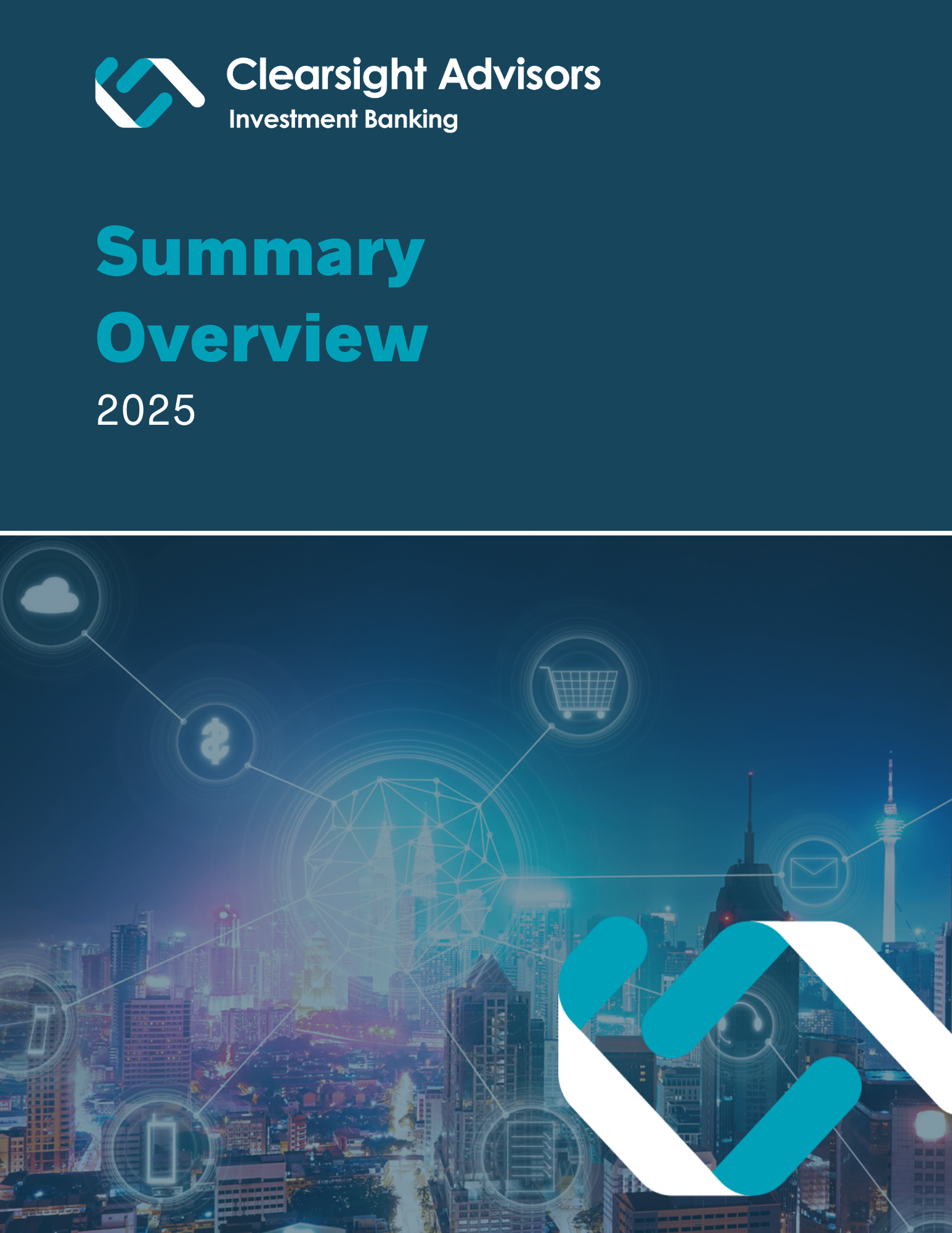Three Factors Driving High-End Professional Services M&A in the COVID Economy
We consistently observe the evolving demand for our clients from the financial sponsor community as the leading strategic, financial advisor to many of the fastest growing independent consulting and IT services firms. Historically, clients that generated a significant portion of revenue from project-based consulting work faced opposition from many private equity firms. Why have businesses with a meaningful mix of project-based consulting revenue been difficult recapitalization targets for private equity firms? While each business is unique, the difficulty lies primarily within two challenges: a lack of lenders willing to provide debt capital to finance a recapitalization / LBO and the lack of exit opportunities available to PE firms once the consulting business is ready for monetization.
The activity from sponsors in our ecosystems has grown tremendously over the last ~5 years as these primary challenges have been mitigated. What’s more striking, however, is that COVID has accelerated interest in certain high-end consulting subsectors. COVID is detrimental to businesses operating in industries where physical proximity is critical to generating revenue (e.g., hospitality, brick-and-mortar retail, sports and entertainment, etc.). However, the impact has been minimal for businesses providing high-end, mission critical solutions organized to deliver their services remotely. Additionally, these three key trends within consulting and IT services M&A started well before COVID:
- Private equity firms continue to raise new and larger funds – according to Pitchbook, total dry powder (capital raised but not yet put to work) is ~$1.5 trillion across U.S.-based LBO funds as of the beginning of 2020. The total amount of dry powder available for buyouts has increased every year since the Great Recession.
- Private debt capital matured rapidly alongside the growth of private equity over the last decade. Coming out of the Great Recession, as many commercial lenders were pulling back from financing LBOs, the total private debt capital market (according to The Lead Left) grew from ~$56 billion in 2008 to ~$240 billion by the end of 2019.
- We’ve seen an increase in sophistication and aggressiveness regarding the inorganic growth strategies at many of the largest diversified professional services firms. Firms that had no active M&A function ~10 years ago are now routinely completing many transactions per year. Accenture alone completed 150+ acquisitions over the last six years, with the Big Four, IBM, Capgemini, Cognizant, BCG, and McKinsey rounding out some of the most active strategic acquirers of consulting and IT services firms. Leading global firms better understand the need to acquire into technology services domains where they don’t already have a critical mass of talent.
Following Accenture’s FY Q3 2020 earnings release (comprised of March, April and May 2020), the global IT services leader was trading near its all-time high. Despite COVID’s significant global impact on Spring 2020, the firm managed to grow total bookings by 6% while delivering essentially the same total revenue for the quarter when compared to Q3 of last FY. Furthermore, revenue from digital, cloud, and security-related services still grew a high single digit percentage for the quarter. How is this possible for a behemoth that generates so much of its revenue from project-based consulting services? Julie Sweet (Accenture CEO) summarized the major impacts of COVID effectively:
“This crisis…has created the largest-ever change in human behavior…The pandemic is happening during a period of exponential technology change, which is driving entirely new ways of doing business… We identified that the top 10% of companies in terms of tech adoption, depth and culture, or the “leaders,” are performing twice as well as the bottom 25%… We see the leaders doubling down on their investments, while the laggards recognize the need to accelerate the pace of their transformation.”
For businesses providing professional services within cutting-edge, quickly growing technology ecosystems, the demand for their expertise has never been higher. Additionally, high-end consulting and IT services firms’ seamless transition to complete virtual delivery throughout the last few months has mitigated material negative effects on valuations. Finally, the three M&A industry trends regarding PE dry powder, private debt capital, and strategic buyer M&A appetite have combined to create a bright outlook for businesses evaluating strategic alternatives over the next 12 to 18 months.
Share
